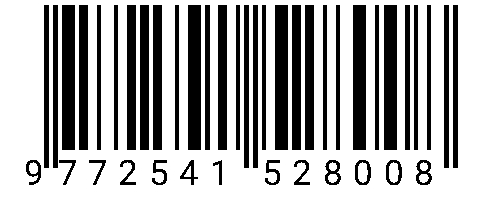KARAKTERISTIK DAN POTENSI BATULEMPUNG RAMBATAN DAERAH PARUNGGALIH DAN SEKITARNYA KECAMATAN BODEH KABUPATEN PEMALANG PROVINSI JAWA TENGAH
DOI:
https://doi.org/10.34151/prosidingsnast.v8i1.4129Keywords:
Claystone characteristic, claystone potential, geological of ParunggalihAbstract
The Parunggalih area, Pemalang composed by sedimentary rocks that have ductile properties and have geological structures complex such as fold, faults and joints as a result of compression regime. The main lithology that composes Parunggalih area is claystone with a state that is formed has a fairly high slope. The purpose of this research was to identify the characteristics of claystone in the form of physical, mineralogy and geochemical properties as well as it’s geological potential in Parunggallih area, Bodeh District, Pemalang Regency, Central Java. Geographically of researched area lies at the coordinates of 7°0’00” S - 7°5’00” S and 109°25’00” E - 109°30’00” E and area extent ± 9 km x 9 km.
The method used in this research is based on direct geology observation in the field and laboratory analysis in the form of mineralogy X-Ray Diffraction/XRD, Scanning Electron Microscope/SEM and geochemical X-Ray Fluorescence/XRF.
The stratigraphy of researched area (old to young) composed by Rambatan claystone unit, Rambatan alternating calcarenite and claystone unit, Halang sandstone unit and alluvial deposit. Laboratory analysis was carried out on two samples of Rambatan claystone. The mineralogy analysis result of XRD and SEM showed that clay minerals found in were illite, kaolinite, montmorillonite and chlorite. The geochemistry analysis result of XRF showed the claystone suitable for pottery material and portland cement types I, III, IV and V, however, it can’t be used in paper, pharmacy and cosmetics industry due to the chemical content which does not meet the requirement. The negative potential of claystone in the researched area can result in mass movement and bumpy roads.
Downloads
Published
Issue
Section
License
Copyright (c) 2022 Bayu Pradana, Dina Tania, Radhitya Adzan Hidayah

This work is licensed under a Creative Commons Attribution 4.0 International License.







